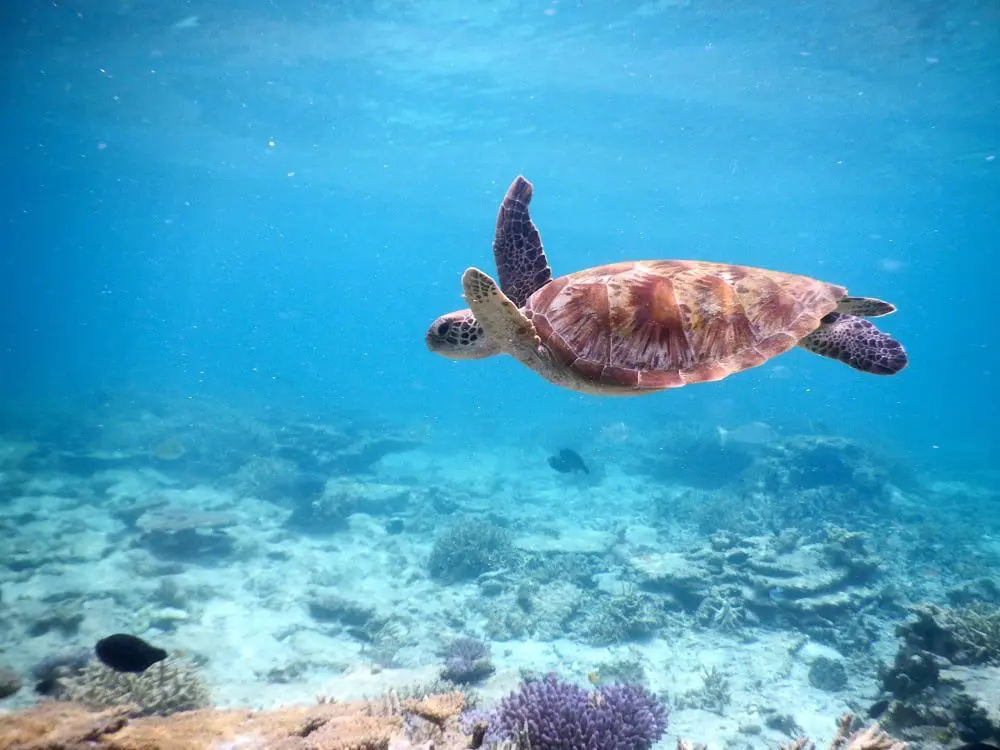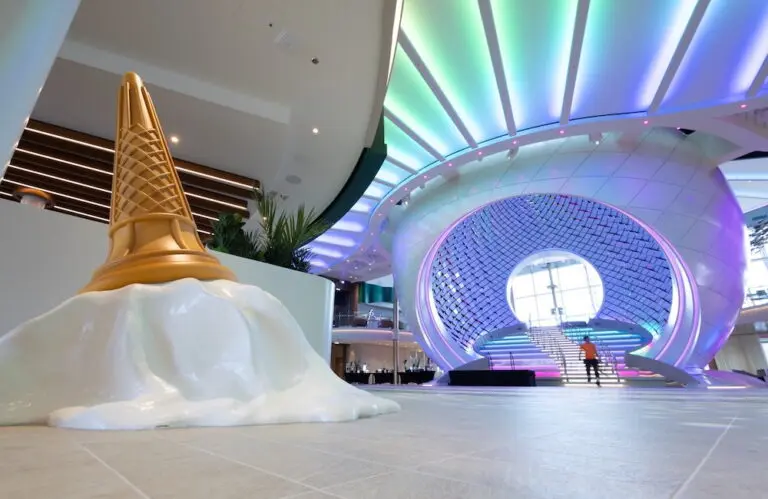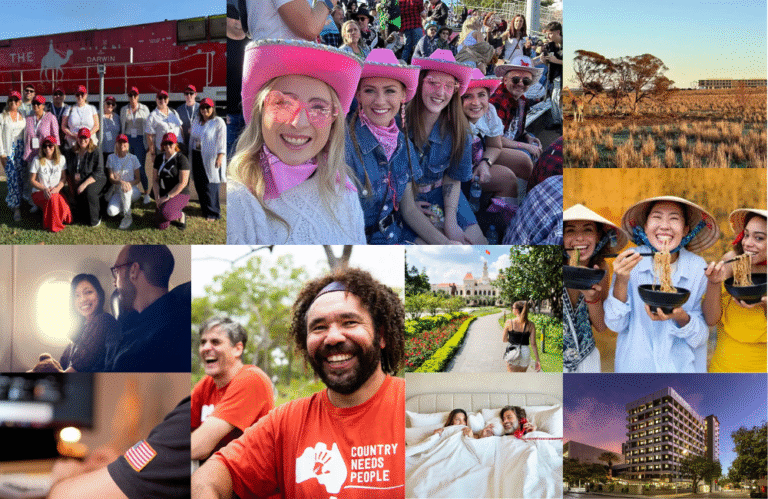Listen up Thalassophiles! You can mermaid dream until your heart’s content with this cool map showcasing daily underwater vision of the sites visited by tour vessels in the Cairns & Great Barrier Reef region.
The innovative program has been launched by Tourism Tropical North Queensland (TTNQ).
It’s Great Barrier Reef today webpage states “the tourism industry works closely with the scientific community to monitor and protect the Great Barrier Reef making it the world’s best-managed reef system.”
The reef in real-time
https://www.facebook.com/calypsoreefimagery/videos/638700716904119/
TTNQ Chief Executive Officer Mark Olsen said tour operators were regularly documenting what they saw for the Great Barrier Reef Marine Park Authority’s (GBRMPA) Eye on the Reef monitoring program.
“TTNQ is also sharing this information on a map to make it easier for people to see what the reef looks like before they visit,”
Mark Olsen, TTNQ Chief Executive Officer.
Great Barrier Reef Today is another example of operators in the Cairns & Great Barrier Reef region working with the science community by compiling data to give GBRMPA a clear picture of the reef’s health.
“The first daily natural history records of the Great Barrier Reef were gathered by tourism operator Reef Biosearch in 1986 and these were the catalyst for GBRMPA’s Eye on the Reef program.”
“The partnership between tourism and science has continued to grow and last year included a world-first IVF program during the annual coral spawn,” Olsen continued.
READ: REEF CLIMAX: Last Night’s Coral Spawning “One Of The Best”
READ: UNDER THE SEA: First look at the Great Barrier Reef’s underwater suites
Get involved!
If you fancy sharing your Great Barrier Reef encounter, ‘Eye on the Reef Sightings Network’ is a community-based program developed to capture the interesting, unusual and amazing experiences people have on the Great Barrier Reef.
Travellers are being encouraged to use #GreatBarrierReefToday when they post images of the reef and to upload them to the Eye on the Reef app to give a snapshot of what the Great Barrier Reef looks like on that day.
Click here for more information.






